Gibraltar's Secret Wars
Letter from the Front - Personal Recollections from HMS Minna
Peter Walker was the ASDIC operator on HMS Minna during 1942. These are his recollections of his time on the ship, a period when Minna was operating from Gibraltar undertaking secret missions to North Africa and France.
By Peter Walker on 2024-03-24 | Last Updated 2025-05-19 | Gibraltar's Secret Wars
This article has been visited 1,832 times

Operation Torch and inset the Crew of HMS Minna, 1942
Under Orders
An RN captain would fly out from London with sealed orders to give to the captain of Minna, a Commander RNR (in peacetime a master in the White Star Line).
Do you enjoy my articles? For your reading pleasure, this website does not carry third party ads. You could help me write more articles by buying me a cup of coffee.
X Patrols
Minna would leave Gibraltar under the pretext that it was going to do an X patrol (anti-submarine patrol of the straits) but instead would head full speed to the coast of southern France or north Africa under cover of darkness. There it would anchor some way offshore. It was painted Mountbatten pink which made it less easy to be seen from the shore.
A Beach Landing
The motorboat was lowered and the First Lieutenant (a Lieutenant in the RNR and master of Minna in peacetime) and a boat party who had been specially trained for the purpose headed for shore. Once near the shore they would use the Berthon boat for the last part.
HMS Minna's Duties
Some of the tasks on the south of France were to land and retrieve agents, bring back escaped prisoners of war, and shot down airmen. On the north African coast, they landed and received agents and delivered equipment to the Free French. The agents also surveyed beaches and landing places in preparation for the invasion of north Africa.
An ASDIC Operator's Role
My job was to listen on the Asdic (Sonar) for the motorboats return. The anchor chain was then shortened in and as soon as the motorboat was alongside it was hoisted in then we weighed anchor and headed full speed for home. I joined Minna at Gibraltar where the Asdic was fitted. At the time I was working with the Base A/S Staff and the Officer in charge told me to go along to the Shipping Store in the Dockyard and collect some thirty odd packing cases and take them along to Minna and see the equipment fitted. When commissioning the equipment there were some problems The Asdic was for 110 vdc as standard but Minna was 220 vdc. A rotary converter to change the voltage for the Asdic had been shipped out with the gear from the UK. Unfortunately, it was only rated for the running load and not the starting load so when the Asdic was started up it tripped the main switchboard. By tweaking the system, I managed to solve the problem, The Captain would not accept the Asdic unless I stayed with the ship. That is how I became involved in Secret Operations
The Crew
Apart from the Coxswain and myself the seamen were all Hostilities Only (HO'S ). The engine room staff were all Merchant Navy and consisted of two Engineer Officers and two Greasers. Besides the Captain and the First Lieutenant there was one other officer a Lieutenant RNVR.
Landings in North Africa
Just prior to the invasion of North Africa in November 1942, Minna attempted to land guns and ammunition somewhere between Algiers and Oran. They were to be used by Free French patriots and the Resistance to take over the radio Stations and shore batteries so that the Allies would have an easy landing. No contact was made at the rendezvous but there was a lot of activity on the coast road. Vehicles with headlights were seen rushing along the road towards the rendezvous so the mission was aborted.
The captain, realising the importance of the mission, decided to try again the next night but without success. On the way back to Gibraltar we met the Invasion Fleet because we were a day late returning and should not have been there. The Fleet had instructions to destroy anything they saw so that their position would not be given away.
Minna hoisted the Spanish flag and raced for Spanish Territorial waters buzzed by two torpedo bombers from the fleet.
Operations in Algeria
After the Allies had got a foothold in North Africa, Minnna returned to Algeria and landed the gear at a cafe cum guest house near the beach. I, as a Leading Seaman and some of the A.B 's were ordered ashore to guard the equipment. There were two or more British Army Officers there and we all ate together at a big table in the cafe on food prepared by the patron and his wife. I remember a few incidents that happened whilst we were on that beach.
Memories of Algeria
While we were there, agents would come for briefing and go away with some of the equipment. I particularly remember two Free French Officers leaving with wireless sets fitted into attache cases. I believe they were going to infiltrate behind enemy lines Some of the agents were the ones we should have met before the invasion. They told us that they saw Minna but that the Gestapo were on them, so they had to make a hasty retreat. The headlights we saw were those of the Gestapo.
One of the agents a Scotsman told us that he had a barber's shop in Algiers and had lived there some fifteen years and at one time was jailed for pro-British propaganda.
If I remember rightly the American Ambassador came along to see the Officers. I think he had something to do with pre-invasion activities.
One day two of the Army Officers commandeered a car and went in search of an Army Field Post Office I went along with them to post the ships mail.
There were British and American tanks there. The British tanks had American Markings {That was because it was thought that The French would be less likely to oppose an American landing).
I was invited to have breakfast at an American Field Kitchen and was given a platter. There was everything there. I helped myself to a big English breakfast. A black American soldier was standing next to me, and I could not help noticing that he piled up his plate with everything, bacon, eggs, kippers, marmalade etc. all mixed up together.
Just before we left, a captured Italian General arrived, and I rowed him out to the ship in the dinghy. He was to be taken to Gibraltar and flown to London.
Minna then continued to work from North Africa based on Algiers and Bone. There were lots of air raids and some ships in the ports were damaged. There was no air cover because the aircraft had been destroyed on the airfields.
Sleep with a pistol beneath the pillow
On one operation Minna met up with a felucca manned by special operation sailors (this would be Operation Titania in September 1942). They transferred people they had brought back from the south of France ,escaped POW's shot down air men and a woman agent I did not see much of them because they stayed in the officers' quarters. I think it was the officer's steward that told us that she did not trust us and slept with a pistol under her pillow. She said she had been pulled out of France because a German Officer was paying too much attention to her. She did know if it was because he fancied her or because he suspected she was an agent.
Not the right spot
Once we returned to Algiers at dusk. saw a vacant berth and tied up there. A short while later a tug approached with a Naval officer in the bows. He hailed us, "Ahoy there". We ignored him at first but then he shouted, "Ahoy there I've come to tow you away, you are sitting over an unexploded bomb " It turned out that he was the bomb and mine disposal officer.
Rescue at Sea
While in Algiers, Minna was co -opted to join a Malta Convoy as rescue vessel. A collier was sunk, and we went to search for survivors. We found several of the crew scattered around in their lifebelts. Some were living and some were dead. One of the dead looked incredibly young and only a boy. He was the Marconi Wireless Operator. We picked them all up and continued the search The sea was dead calm almost like a sheet of glass and we were just about to give up the search when I noticed a small black speck through the binoculars I was using. The captain turned the ship towards and as we got nearer it looked like a handful of cotton waste floating on the water as we got nearer still, we saw that it was a man spread out over a painting stage. It was the Chief Engineer and he was alive. (On the 10th of November 1942, the cargo ship Garlinge was torpedoed and sunk in the Mediterranean Sea 39 kilometres north of Cape Ivi, Algeria by U-81 with the loss of 25 of her forty-nine crew.)
Operations from Bone
On another operation, we had to take some parachute containers to Bone (now Annaba). They should have been dropped by aircraft. We started to take them on board at a jetty at a place called La Perouse, but a storm blew up (I believe they are called "Mistrals") and we had to anchor offshore. Because of the topweight we nearly foundered. To stop the anchor dragging it was necessary to keep the engines running and steer into the wind.
When the storm abated, we proceeded to Bone (near the Tunisian border ) with demolition explosives and equipment for the Army. While we were unloading a wave of German dive bombers from Sicily swooped down on the harbour. Some off them bombed a tall grain silo near the entrance. It burst into flames where the bombs hit. One of them made for us and released its bombs. I saw them coming and thought 'this is it.' An Army Colonel and I lay down on the deck to take cover. Then there was a loud explosion and the ship seemed to be lifted up out of the water. The stick of bombs had straddled the ship. Some fell in the water and exploded on the sea bottom Some went over the ship and hit a coal pound on the dockside. There was no air cover and the bombers made frequent air attacks from Sicily. The town near the docks was reduced to rubble.
While we were there, we embarked a party of French Foreign Legionnaires. They were to be landed further up the coast on a special mission. The sea was quite rough, and they were all seasick except for their Officer a black Lieutenant. He chastised them with his baton and made them clean their machine guns and sharpen their knives on the ship's grindstone. His forehead was polished like a horse chestnut. We nicknamed him " Cherry Blossom. " One night we sneaked inshore and landed the Legionnaires on a jetty and left. As we left, we heard machine gun fire.
Eventually the Navy set up a Naval Base at Algiers called HMS Hannibal and the NAAFI took over a warehouse. Whilst we were there a Fleet Seamanship Board was convened at Hannibal and I passed for Petty Officer.
We used to berth on the waterfront near Hannibal and the town. Although we put rat guards on the mooring ropes the rats would still get on board. At night the engineers would shut down the generators for the night and that is when the rats would come aboard. We could hear them squeaking and scurrying around and smell their urine. The coxswain got some rat traps and set them every night. One night he caught thirteen. They were big about four times the size of those in the UK.
Supplies from Australia
A troopship came into Algiers while we were there It was a White Star Liner. I think it was the Strathaven had come from Australia and had plenty of provisions on board. Our captain went alongside. Our bridge came up to their baggage port, so our captain scrambled aboard to meet some of his old buddies and arranged a supply of frozen turkeys and other goodies.
There was a landing stage on the dockside and there was always a lot of activity on the docks. One day on my way to draw stores from the NAFFI warehouse I noticed a party of Royal Marine Commandos in battledress with a Marine Officer. I recognised the Officer, as in 1938 he was our PT Instructor at HMS St Vincent, the boys training establishment. He was then a Kings Corporal and champion navy boxer.
Any Idea Where the Fighting is?
One of our last missions was to escort a damaged submarine to Oran for repairs. The submarine stayed on the surface behind us. On the way to Oran, we passed another port and were fired on from the direction of the shore, so we hove to. Eventually two American patrol vessels came out to intercept us. Their guns crews were closed up at action stations. One of the guns crew told us that they thought the submarine was chasing us. They said they had just come out from Brooklyn Navy Yard (I think it was Brooklyn ) and asked where the Combat Zone was. We said it was about three hundred miles to the east.
In June/July 1943 Minna returned to the UK and docked at her home port of Granton near Leith on the Forth for a long refit.
The Best Guide to Gibraltar
First published in 2016, The Rock from Bottom to Top was due for an overhaul. We are pleased to publish a second edition on the 320th anniversary of Britain's capture of Gibraltar in 1704.
Completely updated with new images, stories, and anecdotes, Exploring Gibraltar is like no other travelogue or guidebook.
Exploring Gibraltar: The Rock from Bottom to Top is for anybody interested in the history, attractions, and culture of Gibraltar.

FREE to read on Kindle Unlimited, available as an Ebook download and full colour paperback.
Do you enjoy my articles? For your reading pleasure, this website does not carry third party ads. You could help me write more articles by buying me a cup of coffee.
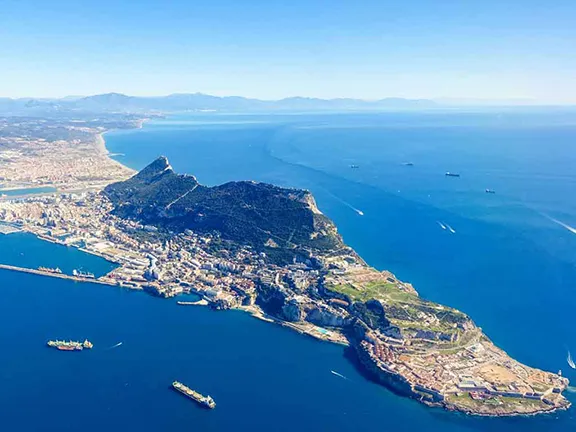 1: Defending Gibraltar in WWII
1: Defending Gibraltar in WWII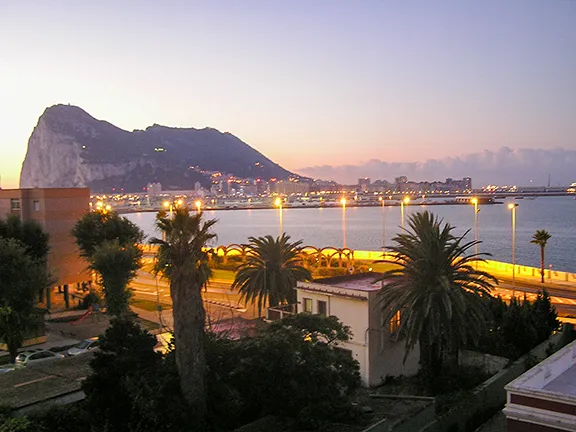 2: Operation Felix - Hitler's Plan to Capture Gibraltar
2: Operation Felix - Hitler's Plan to Capture Gibraltar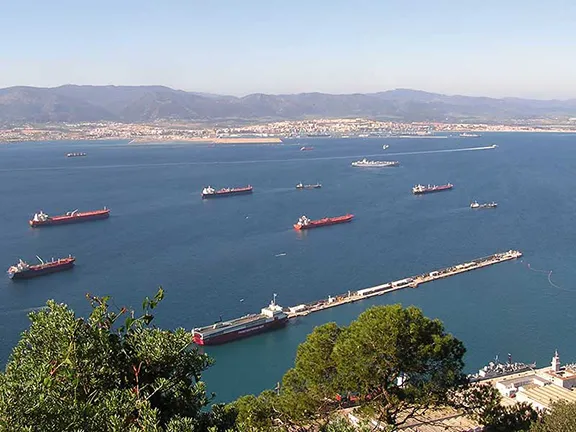 3: Operation Tracer - the Stay Behind Chamber
3: Operation Tracer - the Stay Behind Chamber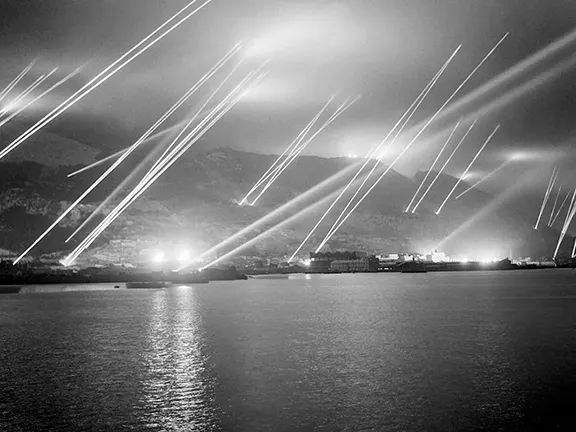 4: The WW II Evacuation of Gibraltar
4: The WW II Evacuation of Gibraltar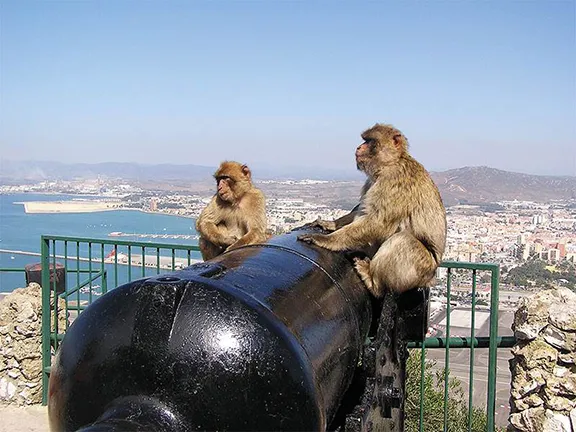 5: Gateway to Freedom for Escapers and Evaders
5: Gateway to Freedom for Escapers and Evaders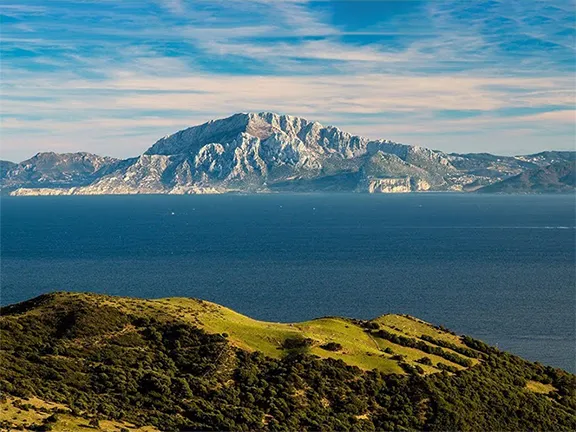 6: Gibraltar's Secret Flotilla during WW II
6: Gibraltar's Secret Flotilla during WW II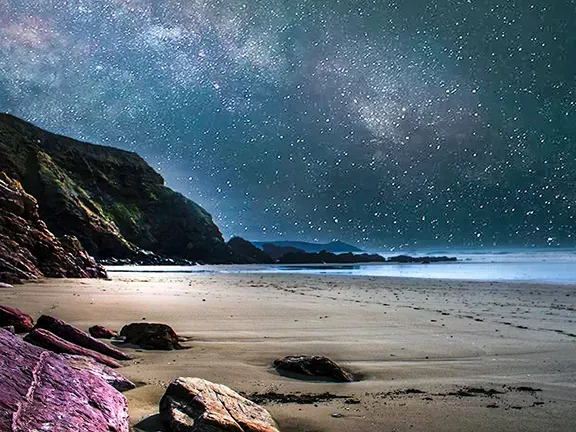 7: Covert Missions to France and North Africa
7: Covert Missions to France and North Africa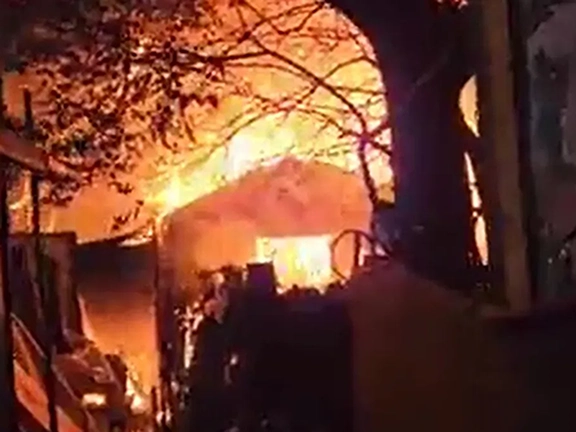 9: Operation Relator - SOE create mayhem in Gib
9: Operation Relator - SOE create mayhem in Gib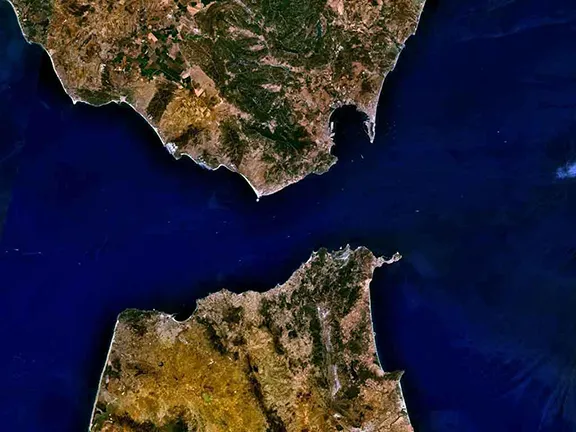 10: Operation Ursa Major - Prelude
10: Operation Ursa Major - Prelude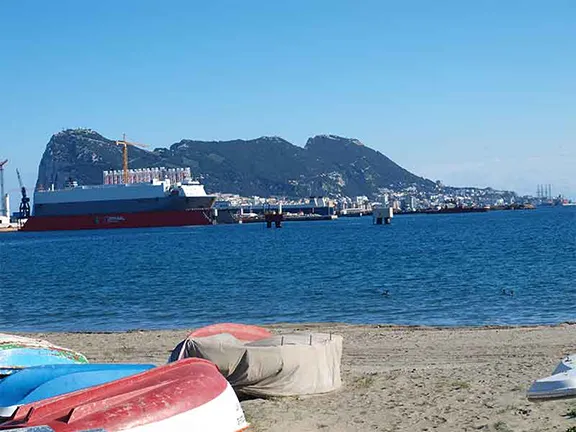 11: Operation Ursa Major - The Olterra
11: Operation Ursa Major - The Olterra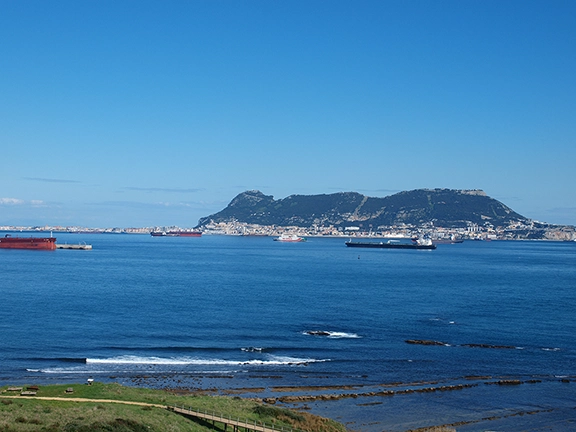 12: Operation Ursa Major - Execution
12: Operation Ursa Major - Execution 13: Operation Falaise - Zap a Nazi Spy Nest
13: Operation Falaise - Zap a Nazi Spy Nest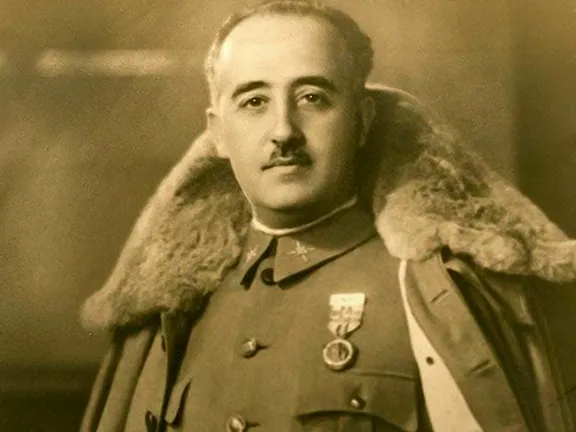 14: UK Policy towards Spain - Spanish Civil War
14: UK Policy towards Spain - Spanish Civil War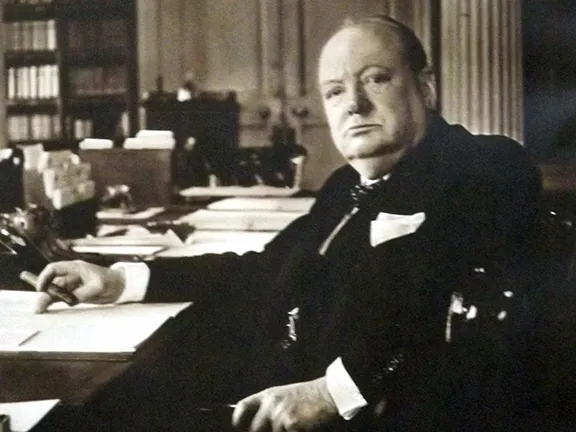 15: UK Policy towards Spain - 1940-1942
15: UK Policy towards Spain - 1940-1942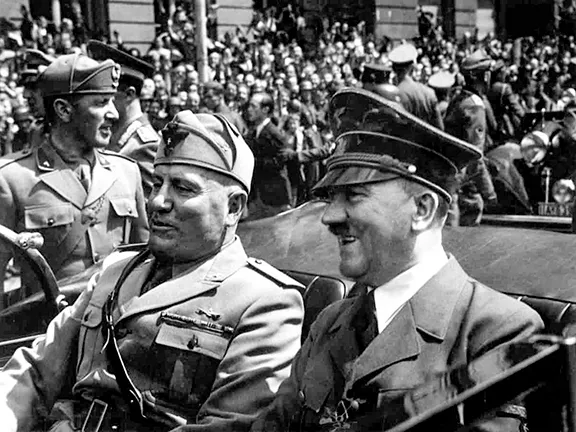 16: UK Policy towards Spain 1942 - 1945
16: UK Policy towards Spain 1942 - 1945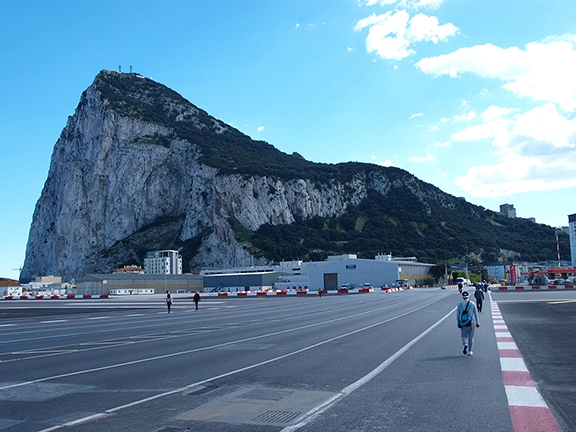 17: Abwehr Operations - Gibraltar WWII
17: Abwehr Operations - Gibraltar WWII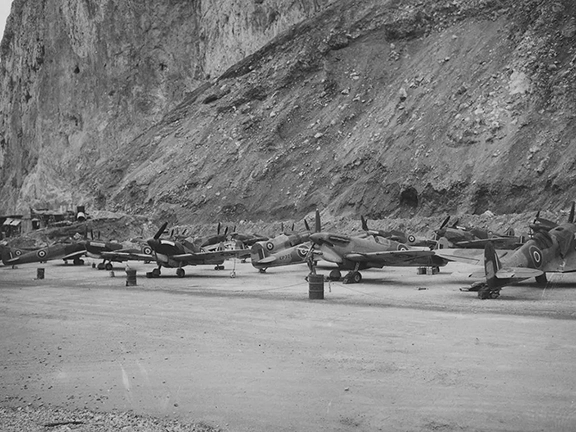 18: Counter Espionage - Gibraltar WWII
18: Counter Espionage - Gibraltar WWII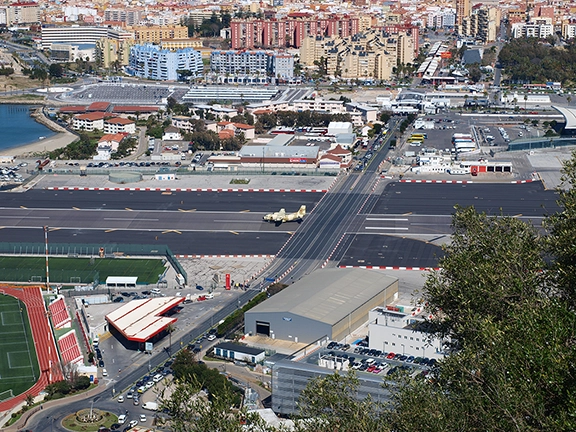 19: Operation Algeciras - 1982
19: Operation Algeciras - 1982